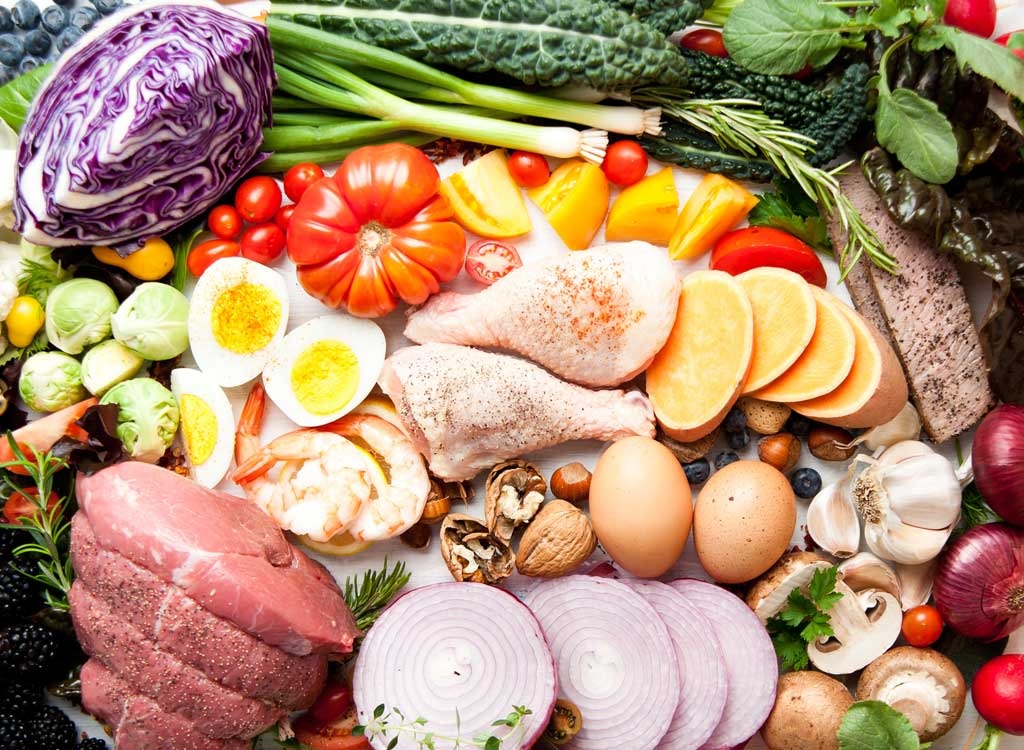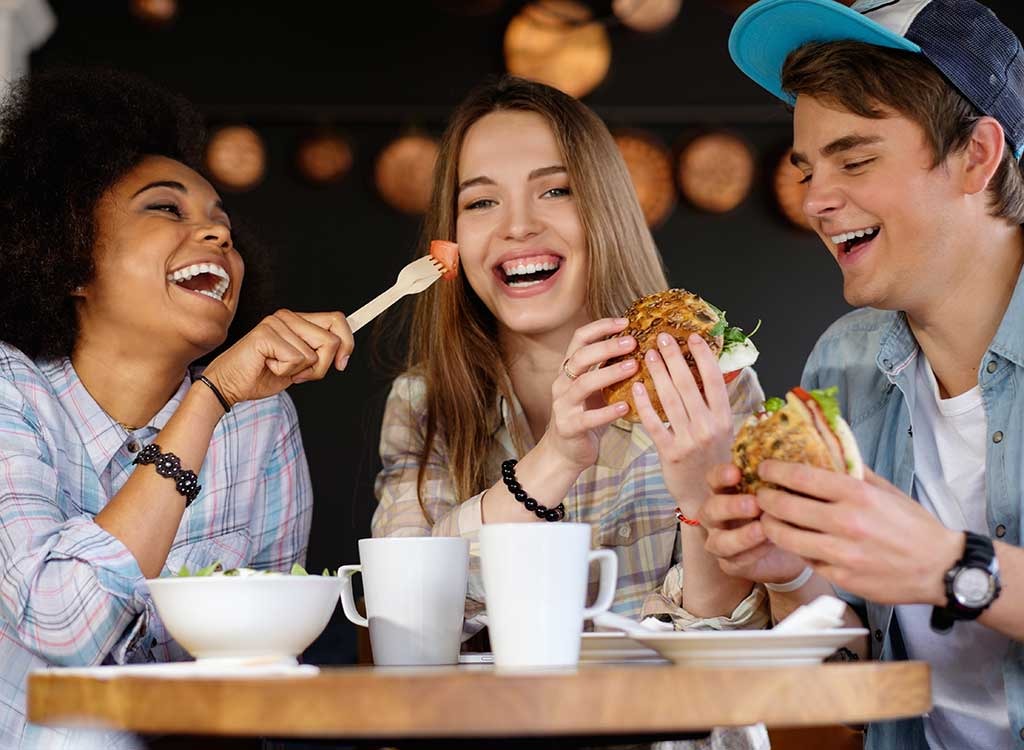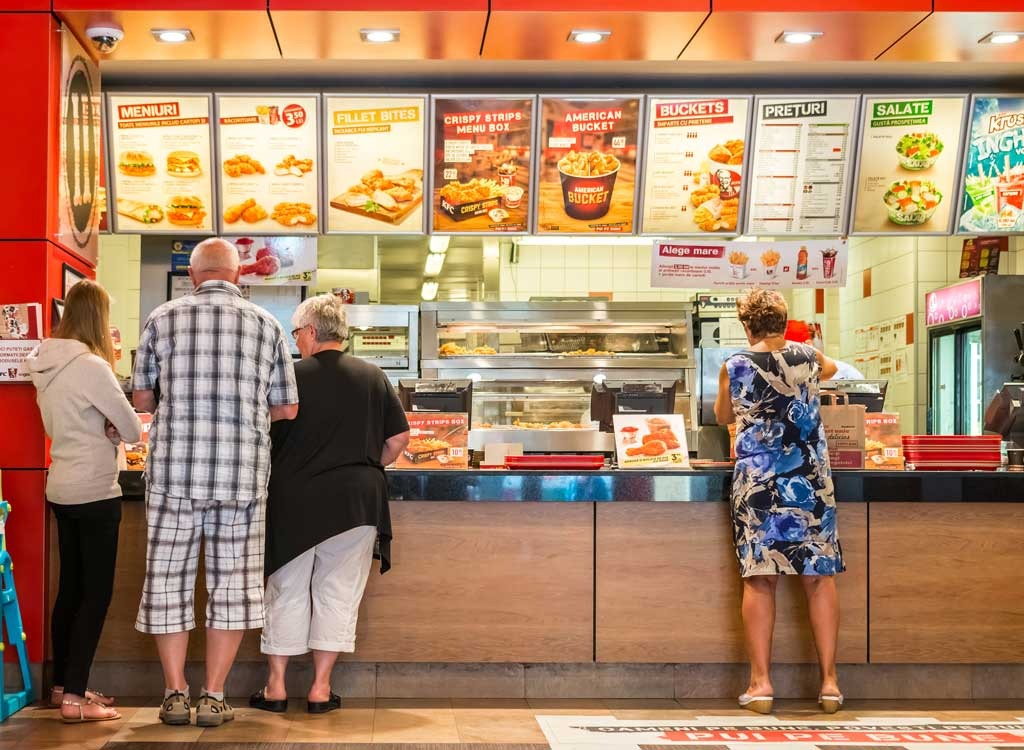12 Things to Know About the Brazilian Guide to Weight Loss

What do you think of when you see the words "Brazilian" and "weight loss"? If you're like many, you think of the tall-and-toned bodies of Brazil-born models like Gisele Bundchen and Adriana Lima. However, this isn't a diet plan designed by some celebrity trainer in order to get a model body. Instead, the 143-page Brazilian weight loss plan was developed by country's government to get people eating real, traditional foods—not the processed crap now available everywhere.
We think of America as the country where everyone is overweight, but England is ripe with its own troubles and one in seven Brazilians are obese. In fact, in Brazil, the majority are at least overweight, thanks to the influx of candy and soda. This "official" plan for the public is simple and effective, so it might be exactly what you're looking for to slim down your own waist. The U.S. of A. certainly has its own recommendations that have come straight from the White House, but hey, maybe you want to feel more cultural about it. So, without further delay, here's your essential cheat sheet for following the Brazilian Guide to Weight Loss. And for more ideas, don't miss our list of 32 Simple Ways to Lose More Weight!
Forget the Food Pyramid

The key to the Brazilian food guide is simplicity, meaning there's no need to worry about keeping your foods within confusing guidelines like the infamous food pyramid. There's no measuring of calories and macronutrients—instead, you focus on tradition and natural foods.
"Usually, traditional food means homemade food, fresh food," Brazilian food show host Bela Gil told The Atlantic. "There's no way that instant noodles are traditional. Growing up, we always had real food at home: Rice and beans and vegetables."
VIDEO: Eat This to Feel Full, Not Fat
Eat Like Your Grandma Would Want You to Eat

When it comes to menu planning, think back to those nice meals your grandma or mom used to prepare for you. The Brazilian guide offers several sample meal ideas that would make them proud, including a lunch of rice, beans, and veggies. For dinner? Go with the tried-and-true chicken with rice and beans. Dessert? Fruits, of course.
Use Condiments and Oil Sparingly

The guide is meant to promote good nutrition, not completely restrict diets and take out the taste and fun of eating. That said, oils, fats, salt, and sugar can be used—but are recommended in small amounts. In other words, don't drown your food in any of it.
Avoid Soda and Other Sugary Snacks Altogether

The Brazilian food guide recommends against eating "ultra-processed" foods like packaged snacks, instant noodles, and soda because they are nutritionally unbalanced. "As a result of their formulation and presentation, they tend to be consumed in excess, and displace natural or minimally processed foods," the guide says. "Their means of production, distribution, marketing, and consumption damage culture, social life, and the environment."
Eat at Regular Intervals and Slow Down

The Brazilian weight loss guide also calls for regular meals and no snacks in between. The reason: Snacks are often processed cookies or other boxed goodies and aren't nutritionally balanced. Instead, the guide calls for three balanced meals—breakfast, lunch, and dinner—that will give you all the sustenance you need. Start the day off on the right food by avoiding these 20 Worst Breakfast Habits for Your Waistline!
Buy Local Whenever Possible

The guide's whole simplified approach to eating includes taking it back to the time when people shopped for fresh food each day—and bought it from the local farmers and grocers. The guide recommends that you look for vegetables and fruits that are locally grown in season. "Whenever possible, buy organic and agro-ecological based foods, preferably directly from the producers."
Eat in the Right Place

Are you a serial couch eater? Or worse, do you eat in the car? Stop that right now. Healthy eating involves eating in the right place, "a clean, quiet, and comfortable places encourage attention to the act of eating mindfully and slowly, enable meals to be fully appreciated, and decrease overeating." They're right, too: A study published 2013 in the American Journal of Clinical Nutrition found that distracted eating leads to overeating. Here are 17 Reasons You're Overeating (And How to Stop!)
Make Exercise a Part of Your Life

While good nutrition should be the focus, developing a good exercise plan is part of the guide, too. The Brazilian government doesn't give specific recommendations, but the U.S. Department of Health and Human Services recommends getting 150 minutes a week of moderate aerobic activity or 75 minutes a week of vigorous aerobic activity. New to exercising? Start slow—with something like a brisk walk—and build from there.
Share Skills With Others

The Brazilian guide doesn't only focus on individuals; it also asks people to spread knowledge with others so future generations can lead healthy lifestyles."If you have cooking skills, develop them and share them, especially with boys and girls. If you do not have these skills—men as well as women—acquire them." Skill-sharing and household equality? Sounds like a good plan to us. While you're rounding up your friends and family, why not lead the charge with some of these 35 Fun Ways to Lose Weight?
Ignore Food Advertising

Commercials might make that food look and appear healthy, but appearances are deceiving. The guide recommends ignoring food marketing altogether because "the purpose of advertising is to increase product sales, and not to inform or educate people. Be critical and teach children to be critical of all forms of food advertising and marketing."
Eat in Groups

Do you eat more when you're with others or alone? Believe it or not, you eat less when surrounded by people, claims the guide. "Eating together … is part of the evolution and adaptation of humanity and the development of culture and civilization. Whenever possible, eat in company, with family, friends, or colleagues: this increases the enjoyment of food and encourages eating regularly, attentively, and in appropriate environments."
Skip Fast Food and Always Eat in Fresh Restaurants

On the go and need to eat? Skip the calorie bombs at the fast food places like McDonald's, Burger King, and Arby's, advises the guide. Instead, opt to visit self-service restaurants and "canteens that serve food buffet-style" that charge by weight. We will absolutely get behind the tip to avoid fast food chains; but if you have no other choice, then don't miss this fast food survival guide.








